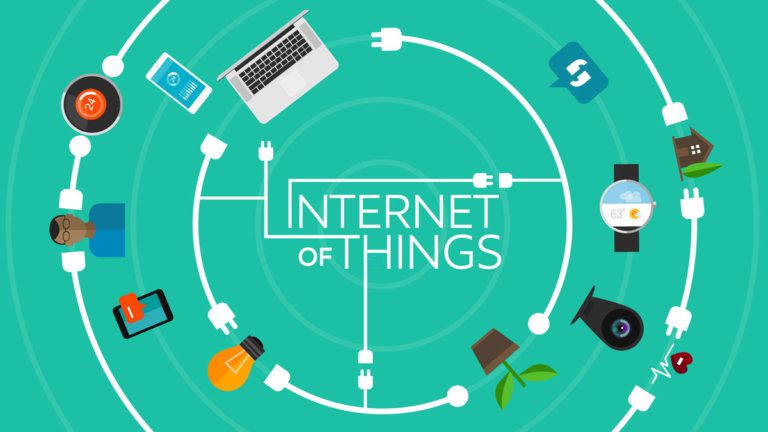Consumer
Avoiding a Turn of the Screw in the Internet of Things (IoT)

The screw is widely believed to have been invented by Archytas of Tarentum around 400 BC. Its original application, not surprisingly, was to press grapes for wine. Over time, other uses evolved such as using it to move water uphill or as a fastener. Skilled artisans would create these screws by hand using chisels and files. By 1800, Henry Maudslay had created the first practical screw cutting lathe and soon companies were making screws and bolts of all sorts and sizes to fasten their machines together. This created a nice vertical market where you could repair your machine as long as you were willing to buy screws from the machine manufacturer.
In 1841, a revolutionary named Joseph Whitworth (I’m guessing he repaired some machines) collected a box of incompatible screws and suggested that everyone should agree on standard sizes. Several of these companies agreed and that led to Home Depot.
The point is that standardization allows companies to focus on innovation in making machines rather than building the little parts that hold them together.
The IoT Evolution Conference, where I spoke recently, is a modern day illustration of the evolution of an industry struggling to move from piece parts to interoperable products. We seem to be somewhere in the middle of that process.
The conference was attended by senior management (48%), IT executives (25%) and C-Level leaders (14%) as well as others in the emerging IoT space. Most of these companies are still trying to understand the big picture of IoT, but are largely building their own vertically integrated systems while they wait for standardization to catch up.
Just as with screws, companies are inventing the pieces and parts they can use to create their products. Gradually, they are getting together with other companies and sharing these piece parts. This leads to the risk that several de facto standards develop – which is to say, a box of incompatible screws.
While these early companies can stake out some markets and provide some useful tools, they can’t scale to the levels of their own aspirations. The “Battle of the Platforms” session at the conference was an interesting case in point. Each competing company came to the stage to show what differentiated its mostly proprietary, vertically-integrated platform from its competitors. We are arguing about screws.
The Internet of Things is quite literally the collection of connected things. At its core, it is not about vertical solutions, specific markets or proprietary things. Like smart phones, it’s a platform for innovation. And, like the Internet itself, it benefits from the mass connectivity and egalitarian nature of speaking the same language. The true innovation sits above the common layer of communications, security and interoperable understanding of devices – or at least it should.
In my opinion, the industry needs to stop arguing about what language is best and start saying something interesting that everybody can understand. It will take a while to get there because there isn’t much consensus at the moment. But there is opportunity. What the Internet of Things needs right now is a translator. There is a need for somebody to stand in the middle of the various ecosystems and sort them out for customers. In order for the IoT to meet its potential, it needs to be invisible to its customers. A doorknob needs to be chosen on its utility and appearance, not on the particular networking protocol it supports. A light bulb should work when it is screwed in, regardless of whether it is installed in the office or at home.
Eventually, standards will ensure a common playing field where innovators can concentrate on their innovations. In the meantime, we need service providers who will abstract the details of the Internet of Things so that customers can get the products they want and have them work the way they want – together.
Evolution is the process of weeding out the poorly-adapted in favor of the well-adapted. Often, this is a bumpy road, but it doesn’t have to be. By coming together on the screws and competing on true innovation, the IoT industry will prove to be amazing. With some careful planning and cooperation, maybe we can avoid screwing it up.

